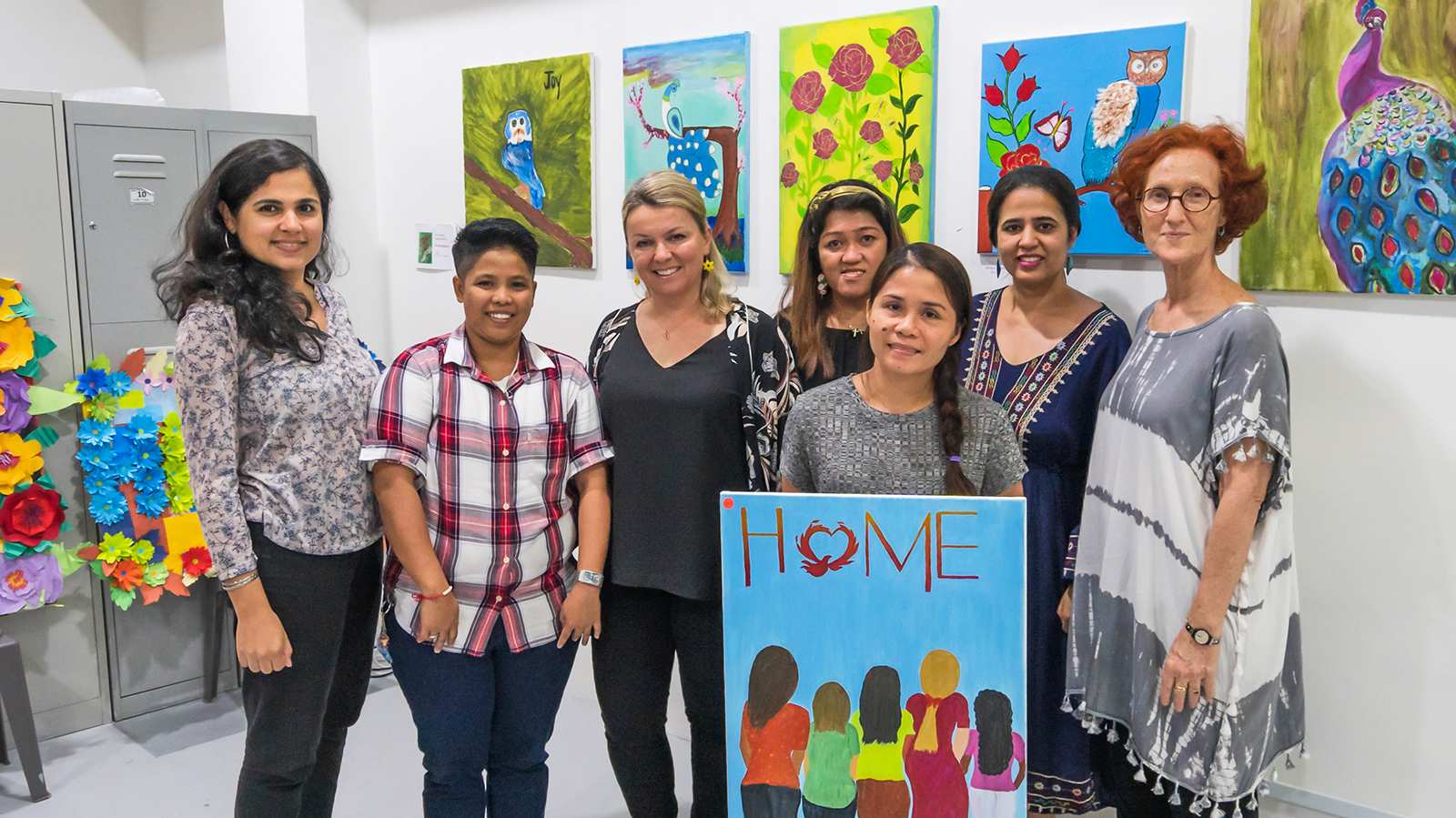Cases of foreign domestic workers (FDWs) being abused or involved in ugly disputes with their employers are, sadly, not uncommon in Singapore.
For many of these FDWs, the ordeal they go through during their employment can leave them with long-term psychological and emotional scars.
It does not help either that when these workers leave their employers, they often find themselves in limbo – unable to find new employment or return home – as they go through the process of resolving disputes with their employers. In some cases, these FDWs may even need to seek legal recourse.
Unsurprisingly, this unhealthy concoction of factors can lead abused FDWs to perpetually feel stressed, anxious, and even angry.
Through proper counselling and therapy, however, they can eventually recover from their emotional and psychological trauma.
Other stories you might like
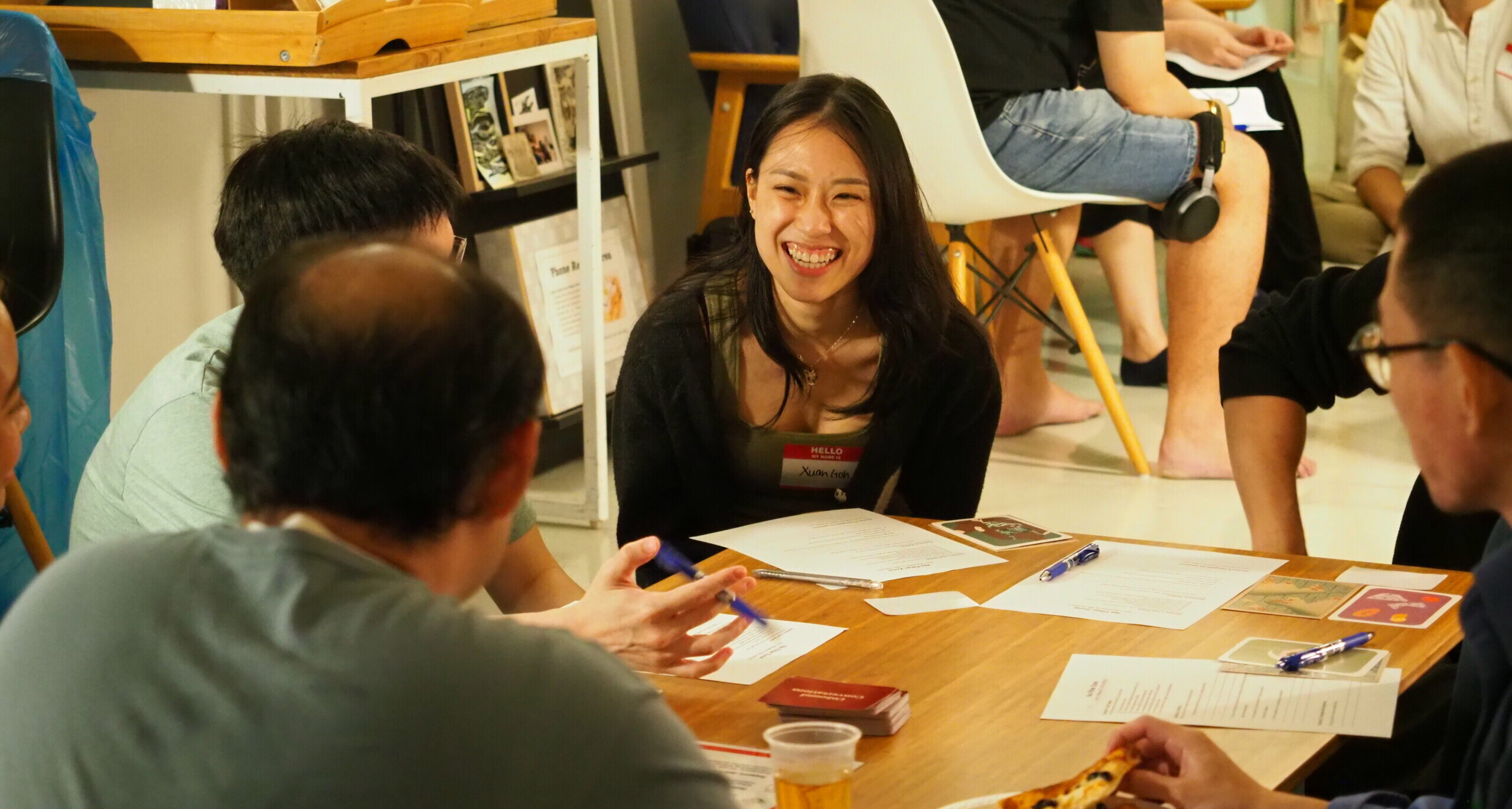
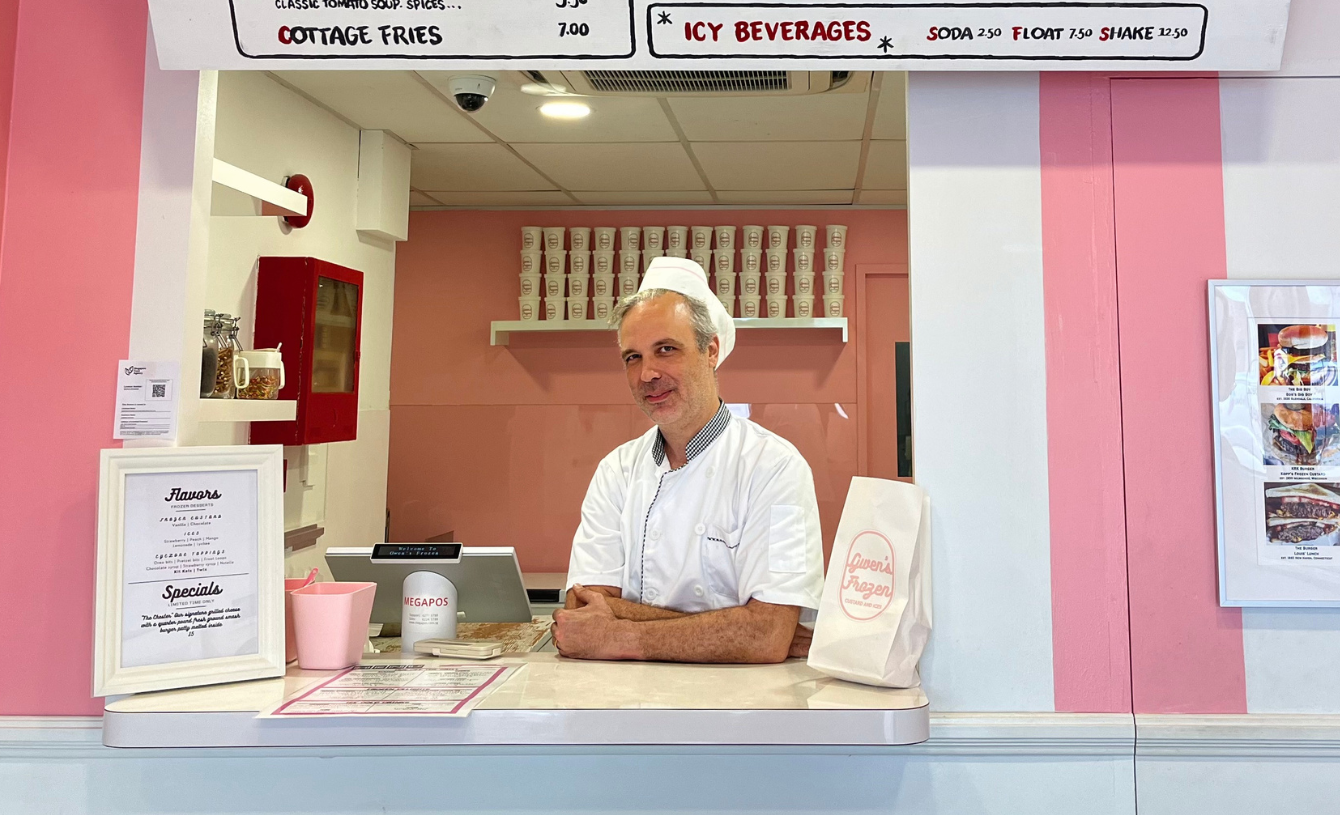
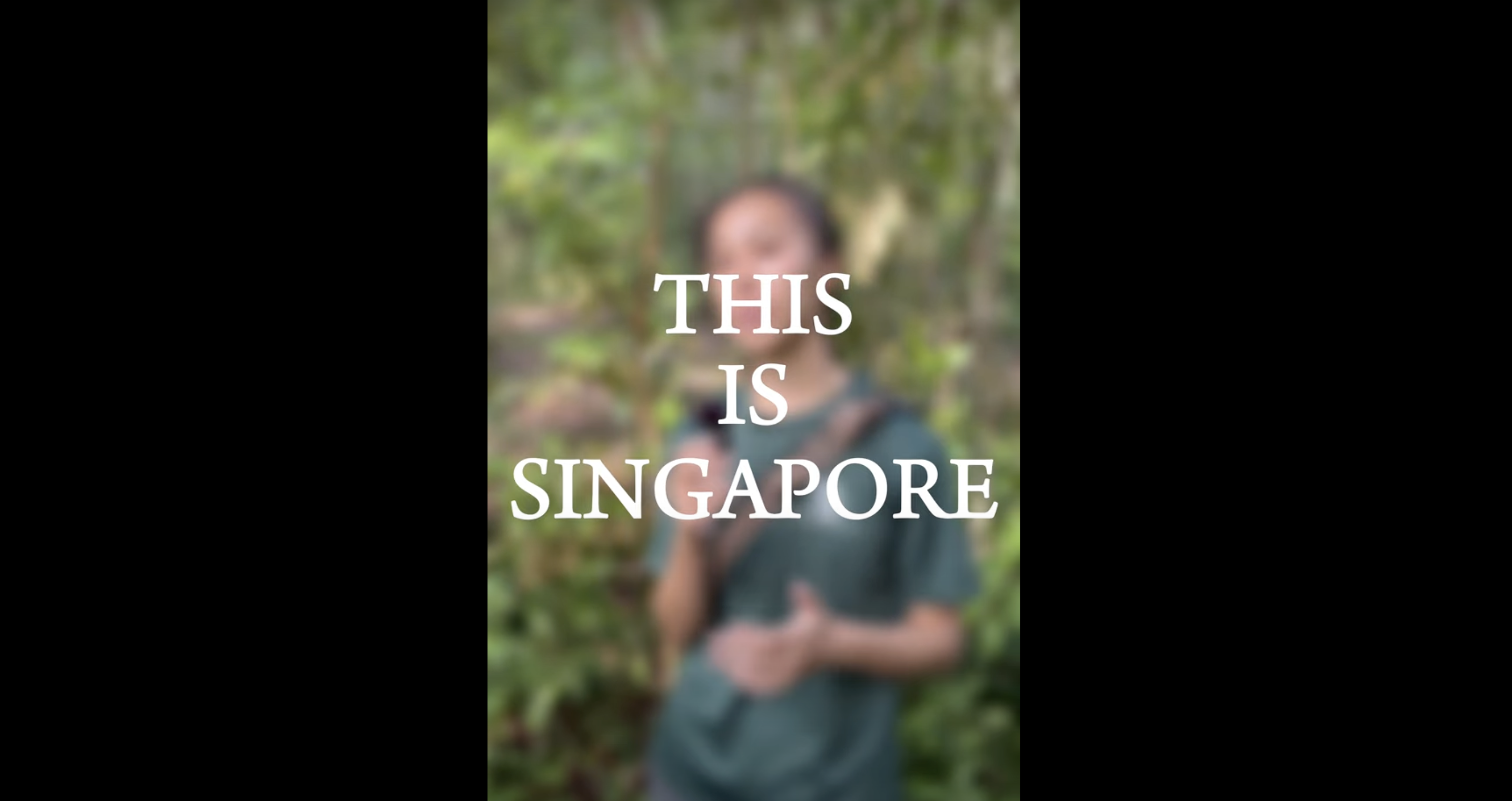
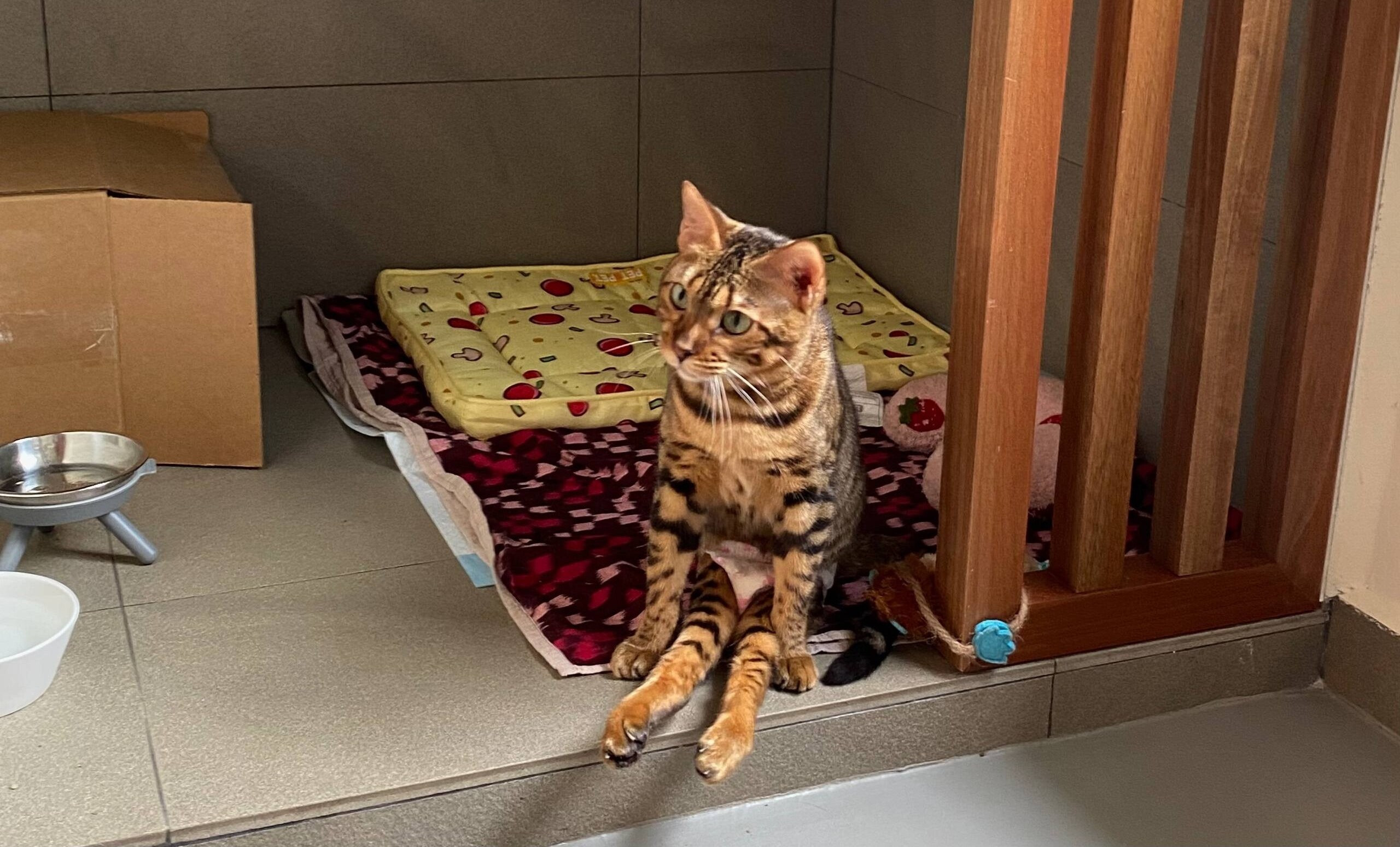
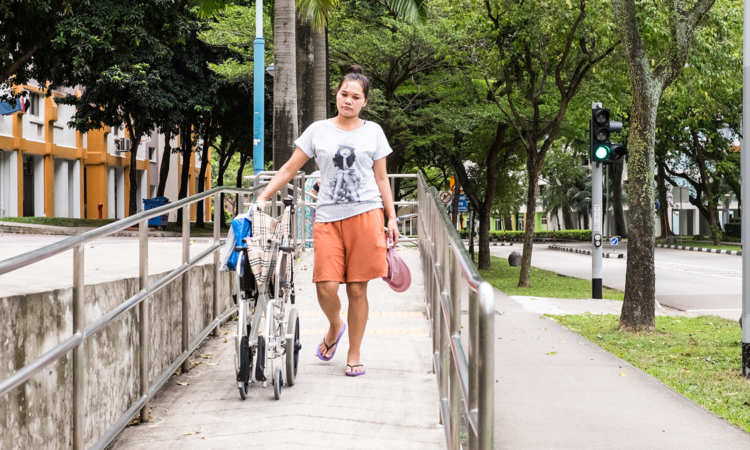
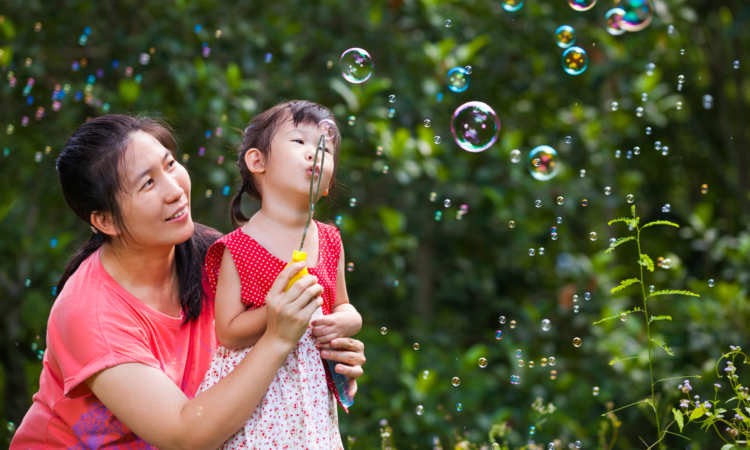
And it is with that goal in mind that the Humanitarian Organisation for Migration Economics (HOME) – a registered charity dedicated to helping FDWs in Singapore – decided to pilot an art therapy programme for the vulnerable FDWs living in their shelter earlier this year.
The programme was set up and run by Katrina Bennett, a Masters student at LASALLE College of the Arts who did her clinical placement at HOME.
Bennett, 34, explained to The Pride that she was driven to start this initiative after hearing stories of abused FDWs in Singapore.
“I’ve heard so many stories about how some FDWs are treated terribly by their employers,” said Bennett. “I also have a helper, but to me, she is part of our family. So, I cannot understand why others would abuse their maids, and it’s upsetting to learn of what some of these maids have gone through.
“I feel like FDWs are generally an under-represented community in Singapore, and that’s why I decided to start this initiative for them. Most art therapists work with the elderly or with kids, so using art therapy to help vulnerable FDWs is relatively new, but I thought it would be helpful for them by giving them a sense of empowerment and identity.”

Each hour-long art therapy session begins with participants – which usually number around eight to 10 – sharing with the class about the sort of artwork they intend to create that day with the materials provided to them.
Participants then spend the next 45 minutes or so working on their art. At the end of the session, participants are invited to share with the class their inspiration behind their artwork.
Bennett, however, explained that the emphasis of the sessions was on the process of creating the artwork, and not on the final product itself.
“Art therapy is all about giving them the time and an outlet to express themselves creatively,” said Bennett. “It’s very different from an art class, which focuses on the end product. Here, we are more interested in the process and in the healing properties of art itself.
“I always ask participants to create something that’s meaningful to them. So, in that way, each element of their artwork usually represents something important in their life.”
Thus far, the art therapy sessions appear to be a hit with the FDWs at HOME’s shelter. In fact, HOME even held an exhibition last month at their office in Geylang to display the FDWs’ artwork.
Emmy Flores, an FDW who has been staying at HOME’s shelter for the past 16 months, told The Pride that while she was initially hesitant to join the art therapy sessions, she now looks forward to them as it gives her an opportunity to release her stress.
“I was always only ever interested in sports, and I didn’t think that I was capable of doing art. It was only after some of the other ‘sisters’ in the shelter encouraged me to give it a try that I decided to go for a session,” the 30-year-old recounted.
“To my surprise, I really enjoyed my first session of art therapy. I found that it allowed me to express my feelings freely, and it helped me release my stress and sadness. Since then, I’ve gone for many more sessions because it’s relaxing and fun at the same time.”
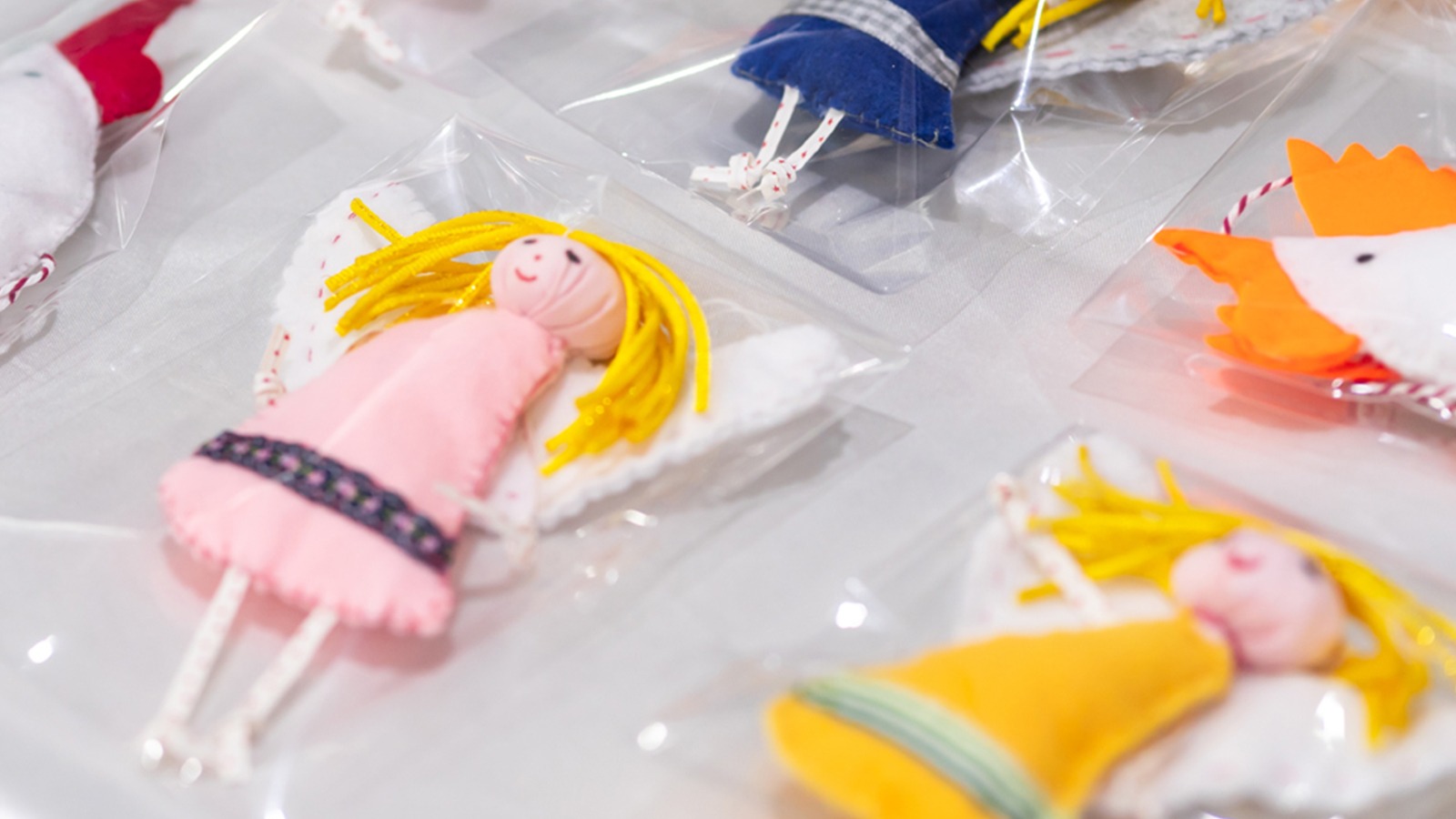
Another FDW who has benefited from these art therapy sessions is Josefina Purigay. The 40-year-old, who has stayed at HOME’s shelter for the past seven months, said: “I feel at peace whenever I draw or paint. In my life now, there are many things that make me worried and unhappy. But I can escape them when I do art…it calms me down, and for that moment, I’m happy.”
The art therapy sessions have also inspired some FDWs to try their hand at handicraft, such as crocheting and pottery.
One such FDW is 39-year-old Jofel Villaruel. A resident at HOME’s shelter for the past 17 months, Villaruel has grown so confident in her craftsmanship that she intends to start her own business selling her art and craft in future.
“I started with learning painting, and I found that I had a talent for art and craft,” said Villaruel. “I then moved on to crocheting, and now, I’ve even managed to make clay earrings, bracelets, and mugs.
“I’m very proud of what I’ve managed to learn and achieve during my time at HOME. I feel blessed that I’m still able to do all this, despite the difficulties in my life. I feel empowered by these skills that I’ve learnt, so once my case is settled, I want to open a business to sell these kinds of craft back home in the Philippines.”
The Pride speaks to Purigay, Flores and Villaruel to find out more about the inspiration behind their favourite paintings.
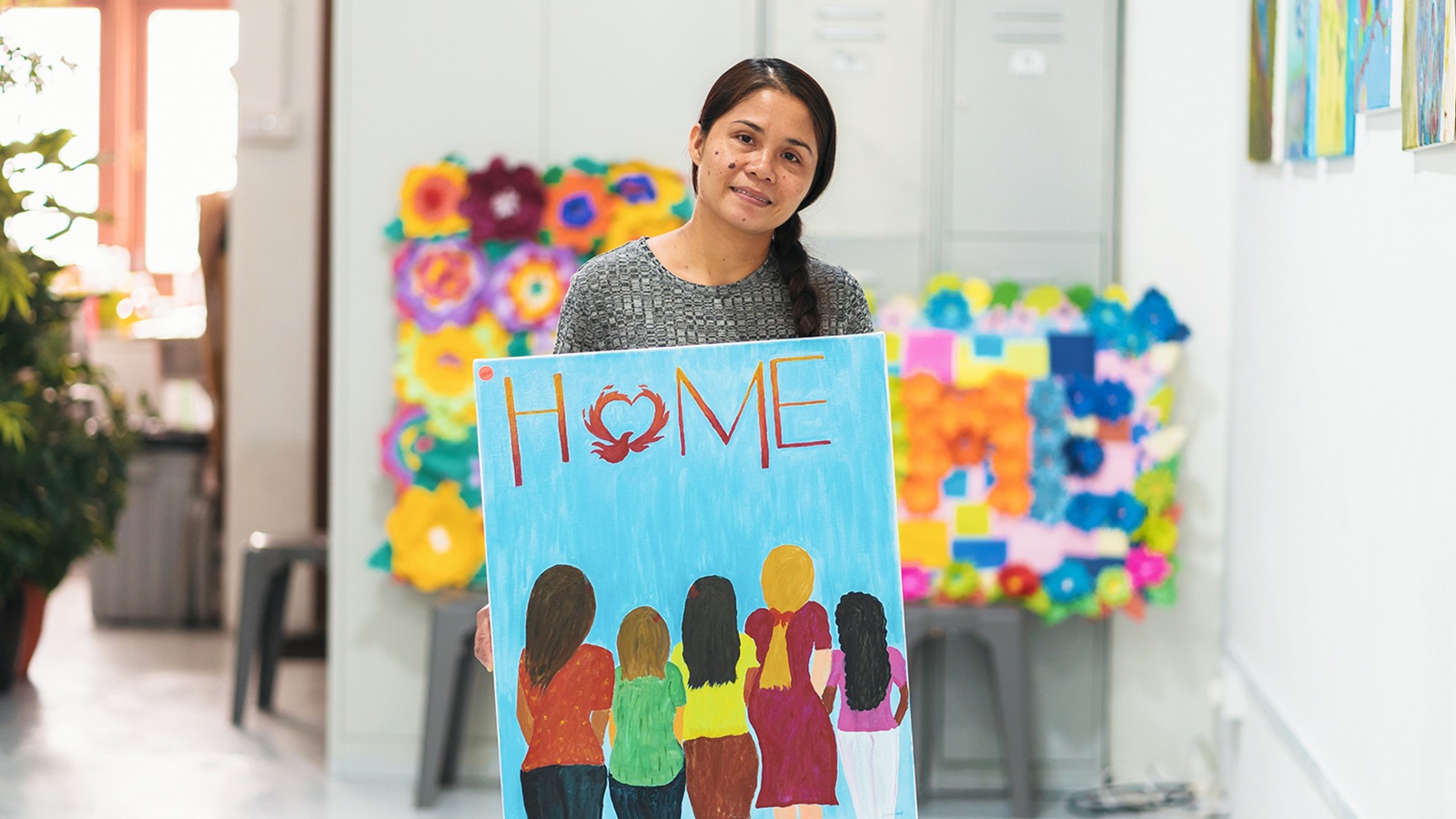
Josefina Purigay:
“The women in the drawing represents the different FDWs who are living in HOME’s shelter. The different colours represent the countries they come from, like the Philippines, Myanmar and Indonesia. I used a blue background because it’s the colour of the sky, which is peaceful. And all the FDWs are looking out towards the sky, towards a brighter and more peaceful future.”
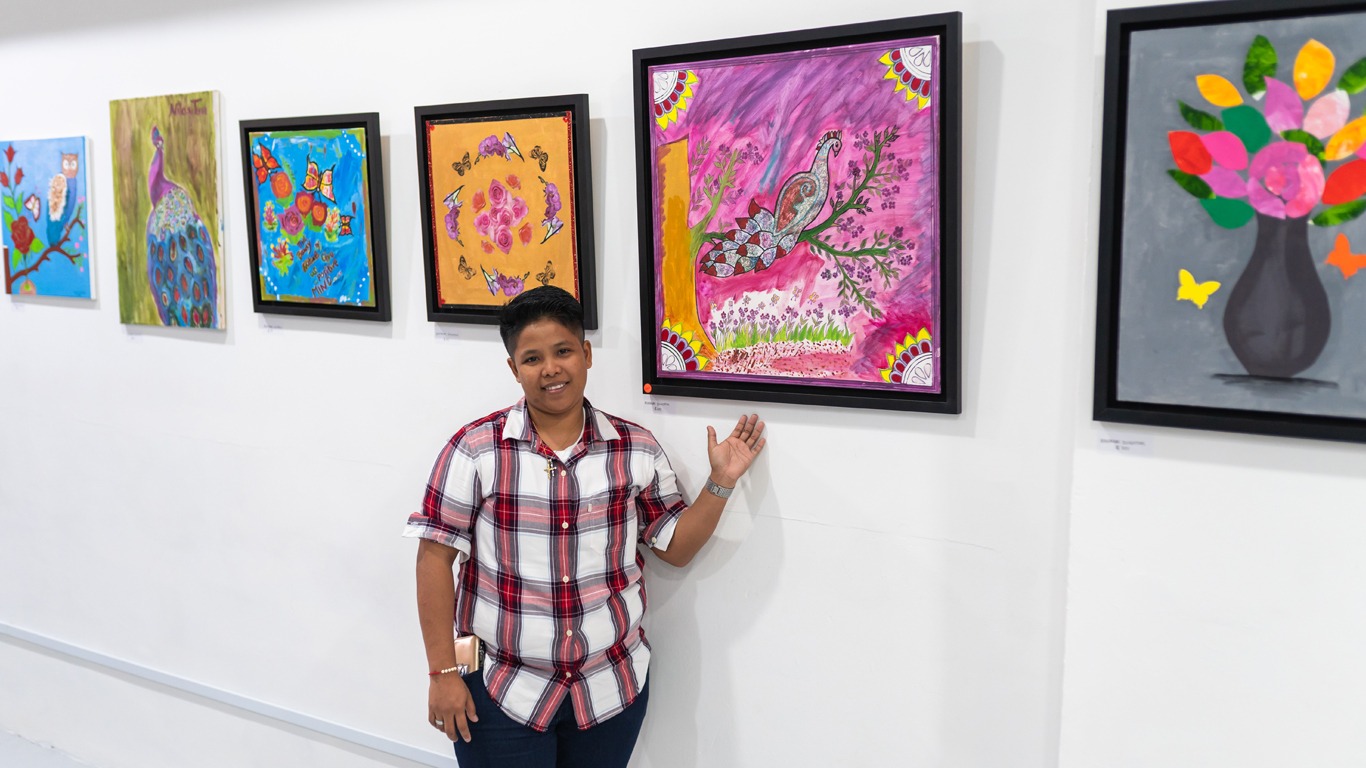
Emmy Flores:
“One of my favourite memories of my time here in Singapore so far was when I went to the zoo. It was there when I saw a peacock, and I liked how colourful and lively it was. I love nature, and like the peacock in my picture, I like to sit alone sometimes and dream. I drew the peacock on the tree because I, too, used to climb trees. There are also many flowers in the drawing to show that there is a bright future ahead.”
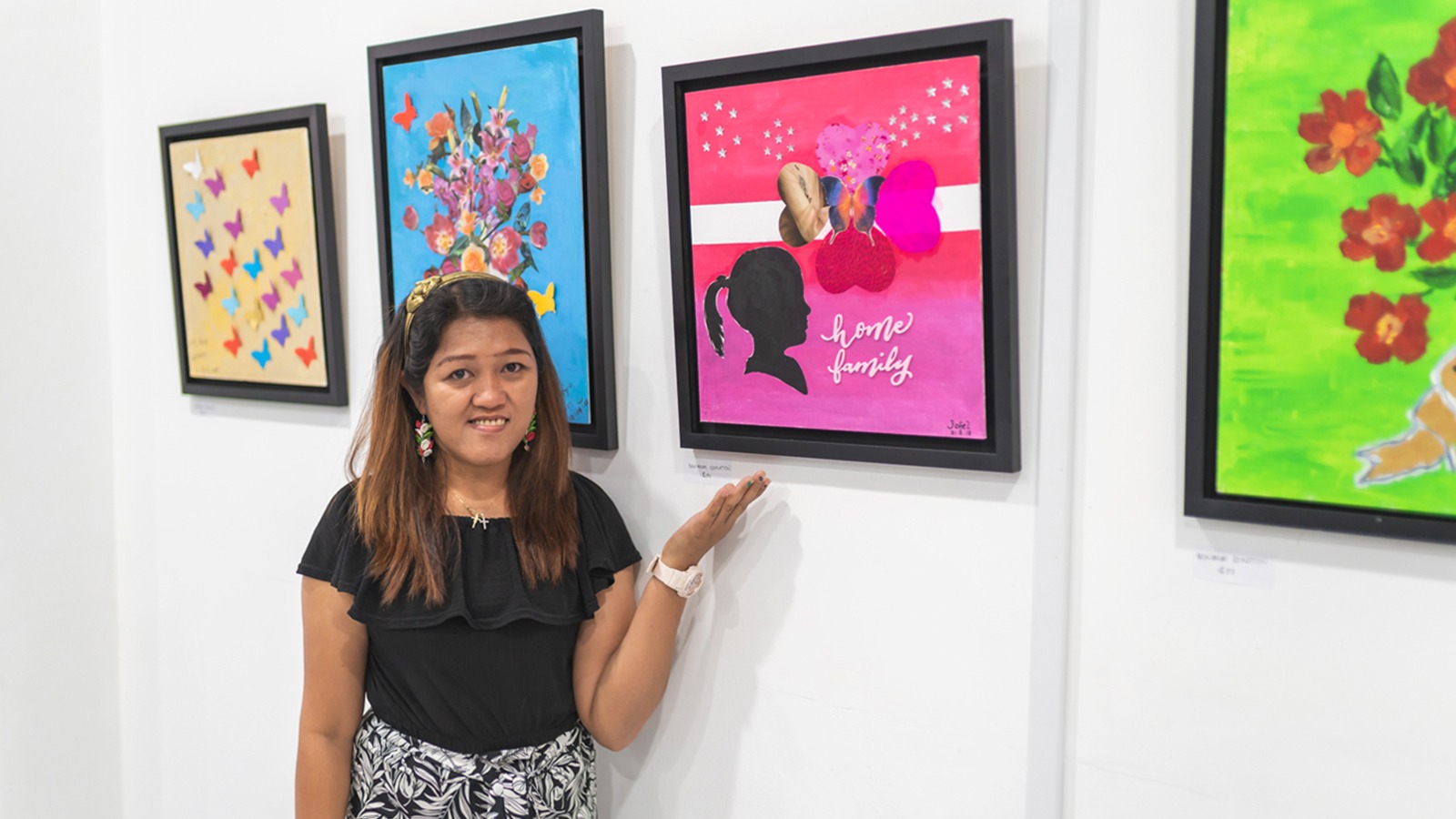
Jofel Villaruel:
“The shadow of the woman represents the FDWs in the shelter. I added the hearts to represent the volunteers here at HOME who have been helping us. The stars in the drawing is meant to encourage us by showing us that things for us may be dark now, like the night, but there is brightness and light, too. Finally, the butterfly in the middle is for my brother, who passed away five years ago. I was working in Singapore then, and on the day he passed away, there suddenly were butterflies following me. So now, I use butterflies to represent my brother.”
